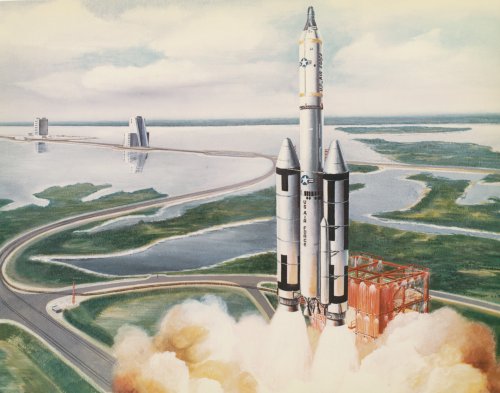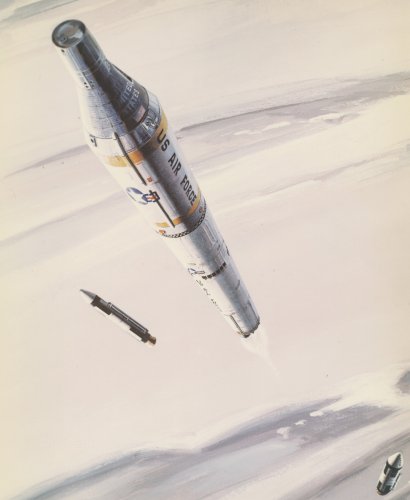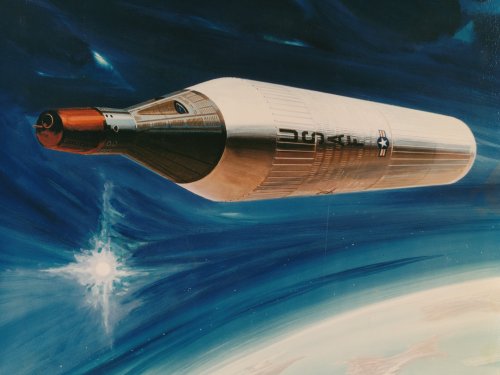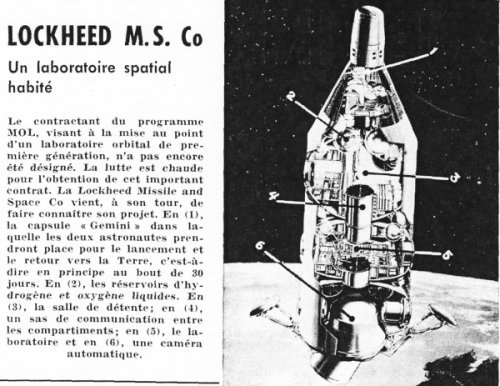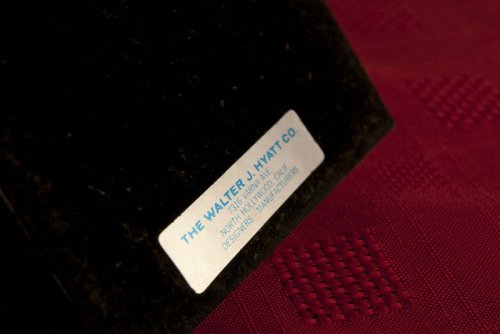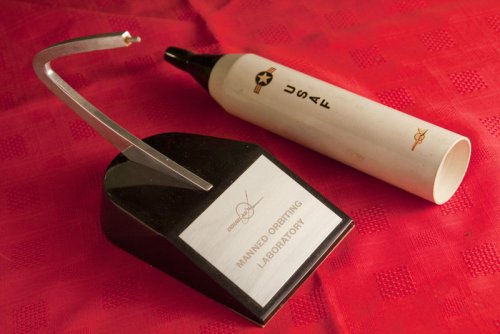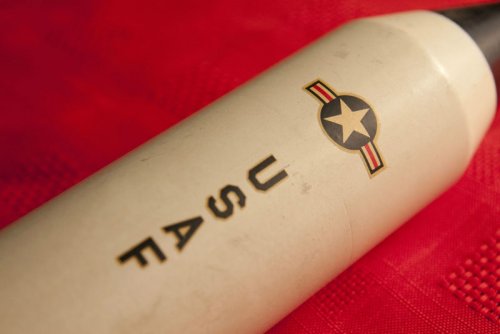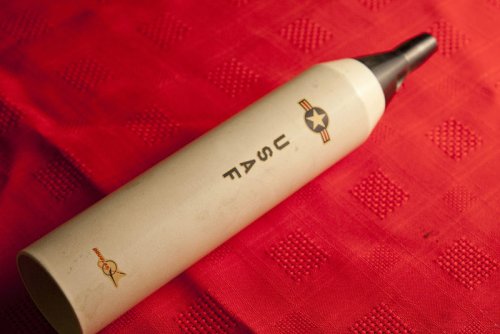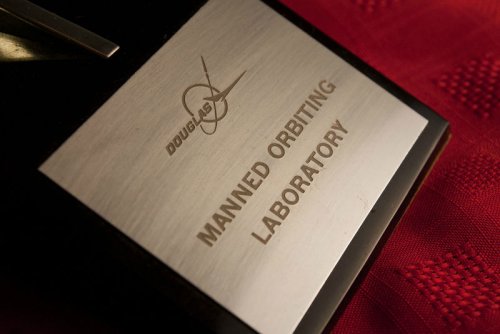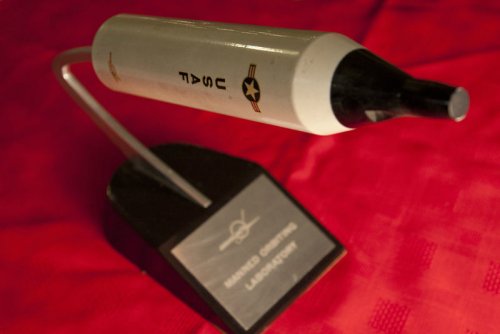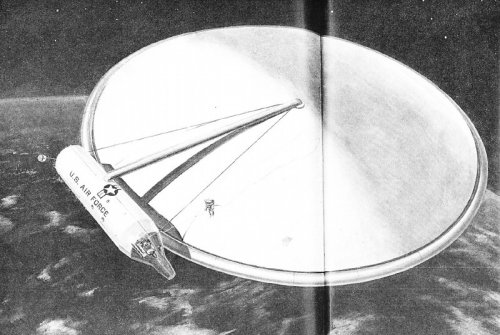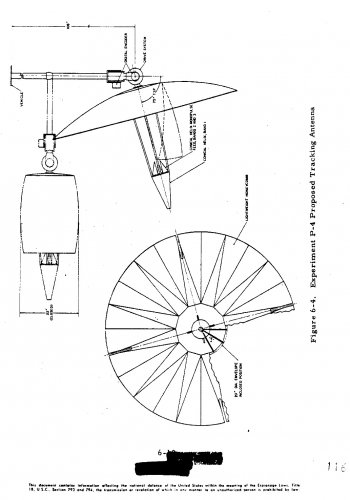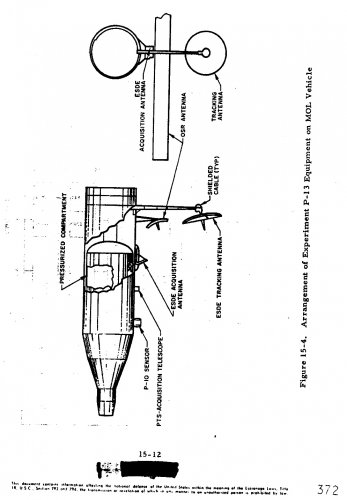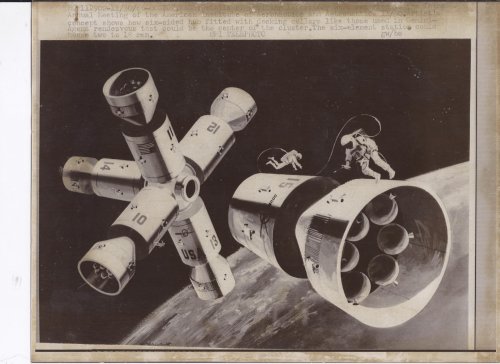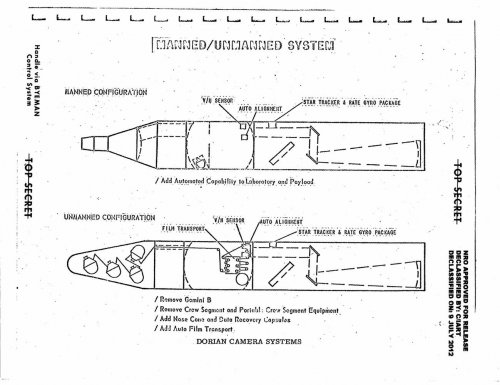OM
ACCESS: Top Secret
...From Dwayne's article:
...Although he lists various articles in the 1990's, both he and Nova should have also raised the fact that the existence of the program was in no way secret. I recall reading books and magazine articles on the then-current status of the US Space Race, and the Air Farce's MOL was mentioned quite frequently, with one particular illustration accompanying the majority of the articles:

...An image that, even to a then-6-year-old first generation Astrobuff, left me scratching my head as to how that Gemini command module was going to accomplish reentry with no retro module.
The narration for the documentary implied that the MOL story was previously unknown, and that the astronauts selected to operate the MOL had never before been revealed. Although MOL has not really been discussed in detail on television before, it has been explored in print.
...Although he lists various articles in the 1990's, both he and Nova should have also raised the fact that the existence of the program was in no way secret. I recall reading books and magazine articles on the then-current status of the US Space Race, and the Air Farce's MOL was mentioned quite frequently, with one particular illustration accompanying the majority of the articles:

...An image that, even to a then-6-year-old first generation Astrobuff, left me scratching my head as to how that Gemini command module was going to accomplish reentry with no retro module.

